
Lack of money and legal appeals. Those are the two reasons why the Municipality of Nicoya hasn’t followed through on evicting seven businesses that encroach on Sámara Beach, according to the coordinator of the Maritime Land Zone (Spanish acronym: ZMT) department, Erika Matarrita.
The ZMT is a 200-meter-wide strip along the beach. It’s divided into two sections: 50 meters of public area, from the maximum point of high tide, that must be free of obstructions, and 150 meters of restricted area where the municipality can grant concessions for use, from business to housing.
In September of 2021, the Constitutional Court ordered the Municipality of Nicoya to inspect Sámara’s ZMT and take action against illegal invasions of public areas, following a constitutional appeal filed by a community resident.
After the inspection, the municipality determined that seven businesses violate the law since they have chairs, tables and canopies on the beach. That’s why, between June 15 and July 1, 2022, the local government ordered Lo Que Hay, El Ancla, Locanda, Las Olas, La Dolce Vita, Gusto Beach and BeachFront to remove the furniture from the beach.
Within five days, the owners should have removed the objects from the sand and continue with their business in the restricted area. However, Locanda, La Dolce Vita and Gusto Beach filed appeals. “This process halts evictions until [the appeals] are resolved,” commented the ZMT coordinator.
Almost a year later, the Municipality of Nicoya hasn’t evicted any of them, even though two of the three appeals have been resolved and the other businesses never filed complaints.
Appeals and Lack of Municipal Action
In October of 2022, the local government rejected the appeals of Locanda and La Dolce Vita. Matarrita explained that once the appeals are rejected, businesses again have five days to remove their property from the public area.
On the other hand, those five days expired between June and July of 2022 for businesses that didn’t file appeals.
Matarrita argued that the delay in evictions is due to the fact that they prefer to do them at the same time with the same paperwork instead of business by business.
The aim is that the evictions are done en masse so that then you have to go one single day. That’s why some are waiting for the other [appeal from Gusto Beach] to be resolved in order to do everything then,” she said, adding that the paperwork is pending at the mayor’s office.
In addition, she admitted that the municipality did not include the ¢10 million (about $18,000 USD) required to remove the furniture that’s invading the public area in the 2023 budget. “We requested that it be included in this year’s extraordinary budget,” she added.
Businesses’ Hands Tied
The Municipality of Nicoya has two regulatory plans: one that regulates zoning in the downtown area of the central district and another for the coastal area that stipulates standards for Sámara’s ZMT. In 1998, the National Geographic Institute modified the high tide markers and the municipality did not process the changes within the coastal regulatory plan.
That’s why concession holders can’t renew the concessions that allow them to operate within the 150-meter restricted zone of the ZMT. Nor can they request construction or remodeling permits for their properties.
“The municipality is practically asking me to close the business,” said Gusto Beach owner Stefano Montalti. His concession expired in 2017 and he can’t adapt his bar to free up the public area without losing the 20 tables that he currently has on the beach.
“On the one hand, they ask me to free up the public area but at the same time, they don’t allow me to do it because I can’t build anything [on the property] until the concession is renewed,” Montalti emphasized.
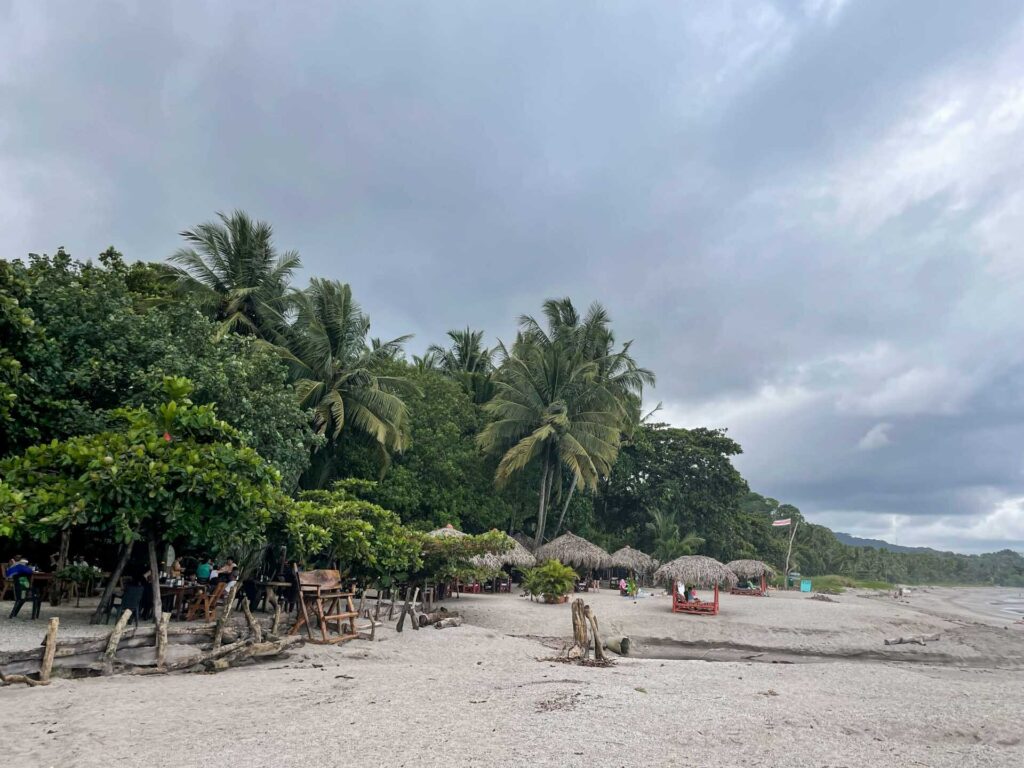
This is not the first time that businesses have received eviction orders due to occupying the public area of Sámara beach.Photo: Yamlek Mojica
Virginie Bury, one of the owners of the BeachFront hotel and restaurant, faces the same problem. The business has 10 tables, six of which are in the public area, as well as 16 more beach chairs.
According to Bury, with the eviction, her restaurant would lose almost 80% of its income because they only have room to take two of the tables inside the premises.
Last year, we thought about building a second floor in the restaurant, in the area that is within the high tide markers. But if we can’t get permits, we can’t build and therefore we can’t include the tables that we have outside,” she commented.
Bury made sure that all of her furniture is removable. “I take it out [to the public area] every morning and every night, we put everything away.”
The ZMT coordinator, Ericka Matarrita, explained that the only alternative that the owners have is to have all the furniture inside the premises and take it out to the beach only when clients request it. Once that person finishes using the table or chair, the furniture should be brought into the business immediately.
During the extraordinary session of the municipal council on April 26, Nicoya’s mayor, Carlos Armando Martinez, commented that he is analyzing the possibility of asking the court for more time to carry out the sentence and be able to postpone the evictions.
“None of us wants the eviction until there is a matter of legal certainty,” said the mayor in the extraordinary session, referring to a regulatory plan that allows businesses to renew their concessions.
As of Friday, May 12, The Voice contacted the mayor to ask him about the possibility of requesting more time from the court, but he did not respond to several requests.
Eviction Orders Are Nothing New
Lo Que Hay, La Dolce Vita, Beachfront and Las Olas had already received eviction orders from the municipality between February and May of 2021.
On that occasion, none of the businesses filed appeals.
The Voice reviewed the notifications that the municipality delivered to the four businesses and verified that the establishments had five business days to leave the public area. Even though the time ran out, the municipality did not carry out the eviction of the businesses.
Matarrita said she doesn’t know the reason why the municipality didn’t clear Sámara’s public area.
“I became part of this department in September of 2022…. I don’t know why the mayor’s office didn’t proceed to evict those premises [in 2021]. That’s a question for the mayor,” she commented. But the mayor didn’t respond to The Voice’s request for an interview.
Opposition from Businesses and Sámara’s Chamber of Tourism
“Sámara’s attraction is precisely being able to enjoy a dish with your feet in the sand. Sámara doesn’t have other attractions like a national park or whale watching,” commented Bury, the owner of BeachFront.
The president of the Sámara Chamber of Tourism, Xavi Palomar, believes the evictions will cause the loss of approximately 95 direct jobs and annual losses of ¢646 million (about $1,181,000) in income for the community. The figure takes into account the loss of wages, the decrease in purchases and the money that businesses allocate to cleaning the beach.
According to Palomar, the calculations were made with the accounting data of the businesses that encroach on Sámara’s public area.
It’s giving up the golden eggs…. Do we really prefer, due to the principle of legality, to clear everything that is maritime zone and lose a lot of jobs?” questioned Palomar.
BeachFront currently has 15 workers and estimates that with the eviction, it would only keep five.
“Happy hour on the beach brings us many benefits. [With the eviction,] I calculate that we would lose almost 80% of the income [just from the restaurant,]” Bury commented.
In the case of Gusto Beach, Montalti said that it has 30 employees in high season and, although he doesn’t know an exact figure, he commented that “staff reduction is the only certainty in the face of evictions.”
“I can’t keep them all. But for me, the damage is in the long term. It’s not so much that I could lose 70% of my income, but rather that in the long term, Sámara is going to die because they’re going to take away the attractiveness of this beach,” he expressed.
On the other hand, the owner of Las Olas bar, Cristhian Goussen, affirmed that he removed the 30 tables he had in the public area last year. In his case, he didn’t have to fire any of the business’s 33 employees.
I didn’t have to fire anyone. But my case is different because in the premises, I had enough space to fit in all of the tables. The rest of the businesses are more limited in that sense because they aren’t allowed to build,” he commented.
He also doesn’t think that Las Olas has lost its charm because “we’re still facing the beach,” remarked Goussen, although he estimates that his income did decrease by 20%.
Current High Tide Markers Will Remain In Force
Business owners say the 2012 Samara earthquake caused the sand to rise 70 centimeters (27.5 inches) and the ocean to recede.
To Palomar and the business owners consulted by The Voice, this means that the boundary of the high tide markers is outdated and that the public area currently measures more than the 50 meters of sand indicated by the Law on the Maritime Land Zone.
However, the National Geographic Institute (NGI), the public institution in charge of demarcating the ZMT, told The Voice through its press department that the ocean receding is not a reason to mark out the area for high tide markers again.
“According to the current Water Law No. 272, in relation to the effects of the ocean receding, it indicates in article 74 that these lands will continue under the property of the State,” indicated NGI.


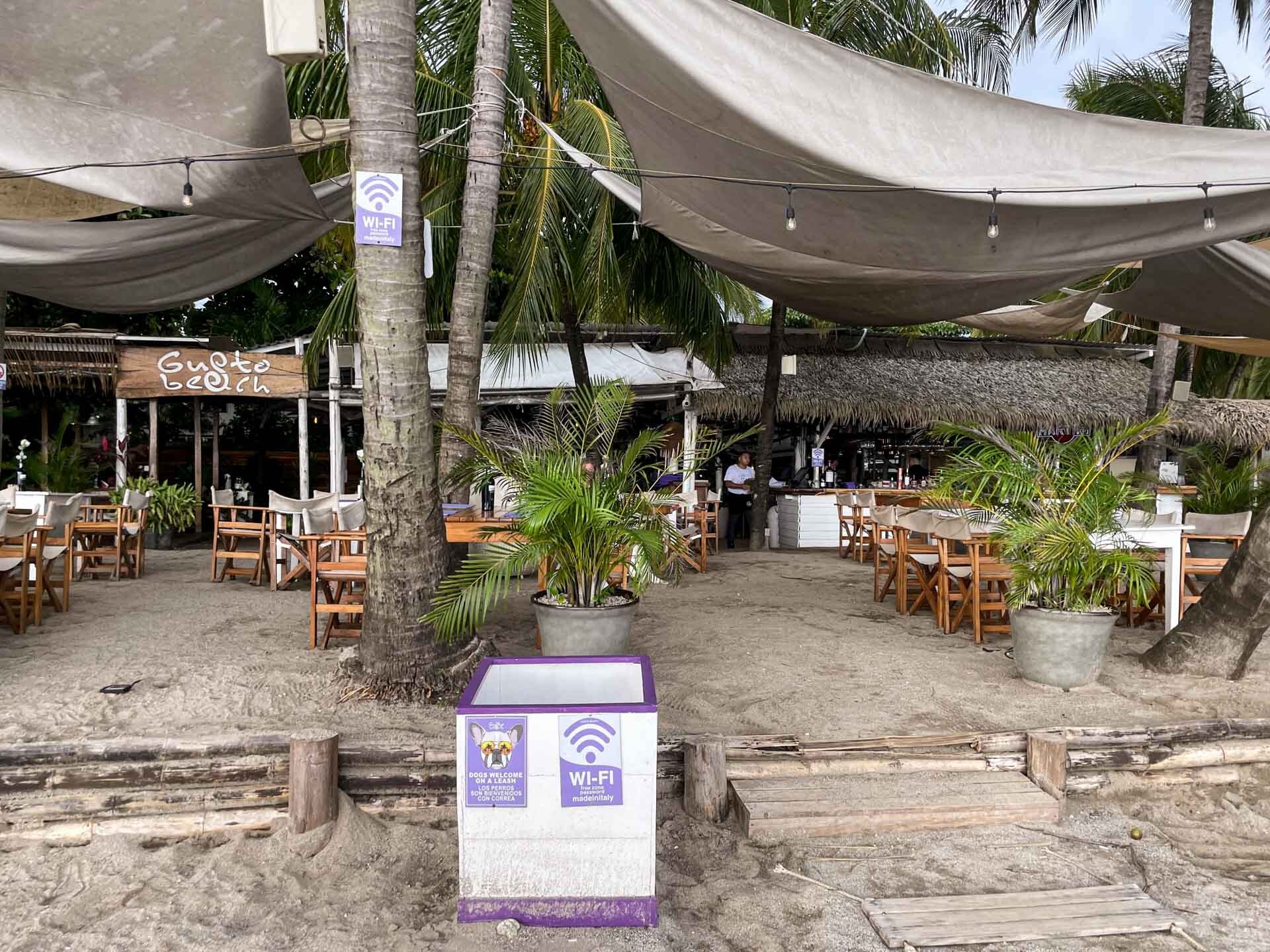
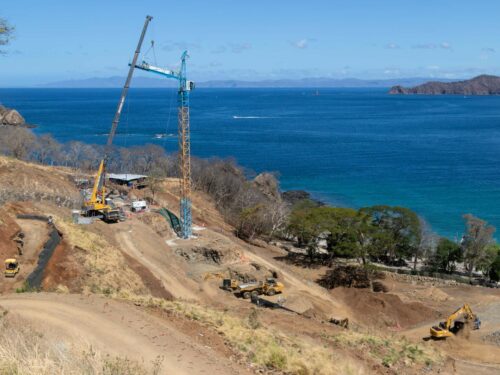
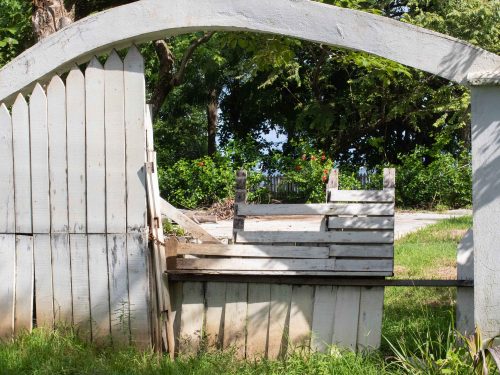
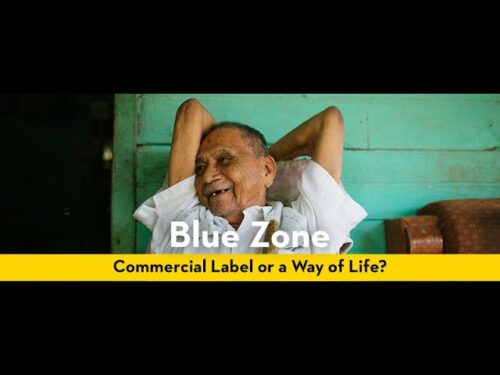

Comments